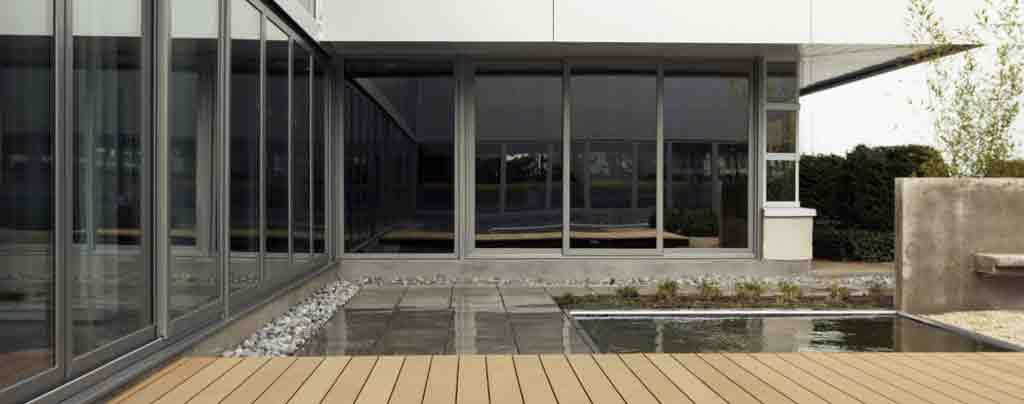All Categories
Featured
Table of Contents
The Ultimate Guide To Double Glazed Windows in Crawley Western Australia
Glazing just indicates the windows in your house, including both openable and set windows, along with doors with glass and skylights. Glazing actually just suggests the glass part, but it is usually used to refer to all elements of an assembly consisting of glass, films, frames and home furnishings. Taking note of all of these aspects will assist you to attain reliable passive style.
Energy-efficient glazing makes your home more comfortable and dramatically minimizes your energy expenses. Unsuitable or improperly designed glazing can be a major source of unwanted heat gain in summertime and significant heat loss and condensation in winter season. As much as 87% of a home's heating energy can be gotten and up to 40% lost through windows.
Double Glazing Versus Secondary Glazing in Hazelmere WA
Glazing is a substantial financial investment in the quality of your house. The expense of glazing and the cost of heating and cooling your home are carefully associated. An initial investment in energy-efficient windows, skylights and doors can greatly decrease your yearly heating and cooling bill. Energy-efficient glazing likewise minimizes the peak heating and cooling load, which can decrease the needed size of an air-conditioning system by 30%, causing more expense savings.

This tool compares window choices to a base level aluminium window with 3mm clear glass. Understanding some of the crucial residential or commercial properties of glass will assist you to choose the very best glazing for your home. Key residential or commercial properties of glass Source: Adjusted from the Australian Window Association The quantity of light that travels through the glazing is referred to as noticeable light transmittance (VLT) or visible transmittance (VT).
Which Double Glazing Company Is The Best? in Beechboro Perth
This might lead you to change on lights, which will lead to higher energy costs. Conduction is how readily a product conducts heat. This is called the U value. The U worth for windows (revealed as Uw), describes the conduction of the whole window (glass and frame together). The lower the U worth, the higher a window's resistance to heat flow and the much better its insulating value.
If your house has 70m2 of glazing with aluminium frames and clear glass with a U worth of 6. 2W/m2 C, on a winter season's night when it is 15C cooler outside compared to inside, the heat loss through the windows would be: 6. 2 15 70 = 6510W That is comparable to the overall heat output of a big room gas heating system or a 6.
Single, Double Or Secondary Glazing, Which Is The Best ... in Forrestdale Perth

If you pick a window with half the U value (3. 1W/m2 C) (for example, double glazing with an argon-filled gap and less-conductive frames), you can halve the heat loss: 3. 1 15 70 = 3255W The solar heat gain coefficient (SHGC) for windows (revealed as SHGCw) determines how readily heat from direct sunlight flows through a whole window (glass and frame together).
The lower a window's SHGC, the less solar heat it transfers to the house interior. Glazing makers state an SHGC for each window type and style. The real SHGC for windows is affected by the angle that solar radiation strikes the glass. This is called the angle of incidence.
The Ultimate Guide To Double Glazed Windows in Glen Forrest WA
When the sun is perpendicular (at 90) to the glass, it has an angle of occurrence of 0 and the window will experience the optimum possible solar heat gain. The SHGC declared by glazing makers is always calculated as having a 0 angle of incidence. As the angle increases, more solar radiation is reflected, and less is sent.
Table of Contents
Latest Posts
Single, Double Or Secondary Glazing, Which Is The Best ... in Leda WA
Double Glazed Windows Brisbane in Lockridge Western Australia
Double Glazing Vs. Triple Glazing: Which Is Worth It? in Palmyra Perth
More
Latest Posts
Single, Double Or Secondary Glazing, Which Is The Best ... in Leda WA
Double Glazed Windows Brisbane in Lockridge Western Australia
Double Glazing Vs. Triple Glazing: Which Is Worth It? in Palmyra Perth